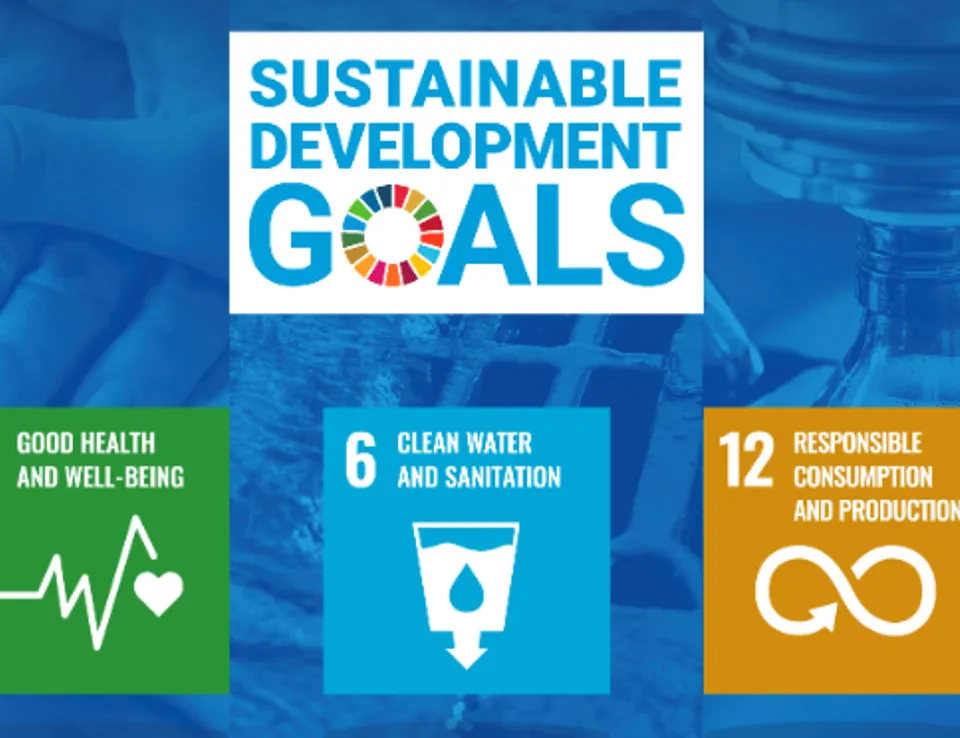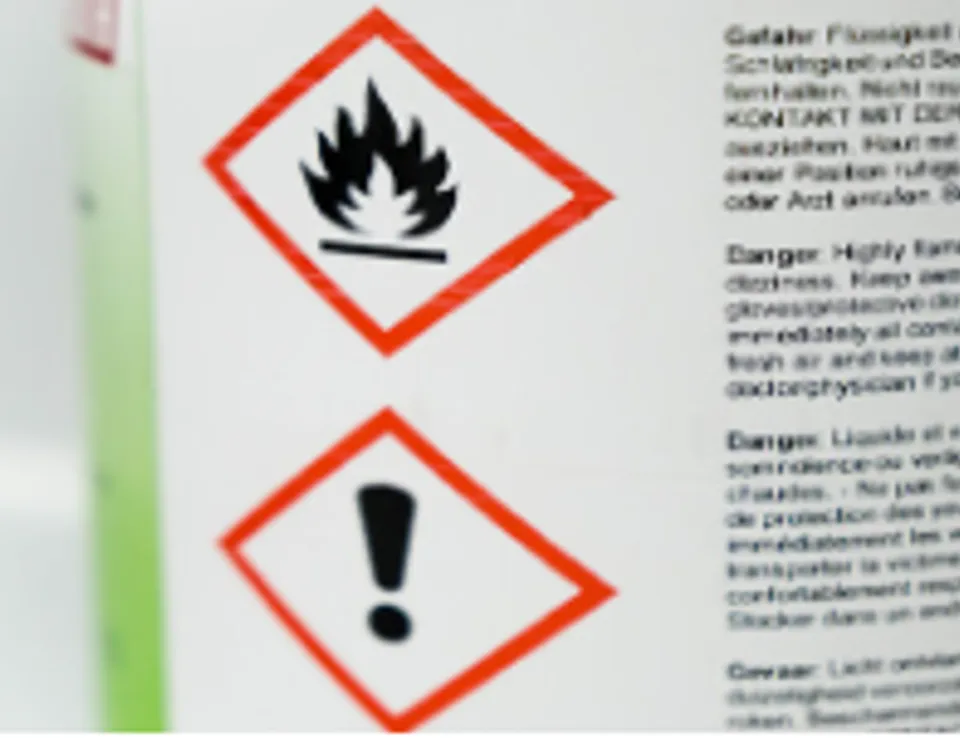
World’s biggest chemical manufacturers called on to phase out PFAS
07 Feb 2023
Producers and users of PFAS may need to reformulate products and modify processes in response to tighter regulation and customer demand
2022 is the third year that Chemsec, the independent non-profit organisation that advocates for stricter control of potentially hazardous chemicals, has published a league table of performance of the world’s 54 biggest chemical organisations based on their environmental impact and treatment of hazardous chemicals.
‘The chemical industry is not doing its part to reduce the use of hazardous chemicals’, says Chemsec.
One notable group of hazardous chemicals are per- and polyfluoroalkylated substances (PFAS) – also termed ‘forever chemicals’ because of their extreme environmental persistence. Over 4,700 PFAS are listed in the Organisation for Economic Co-operation and Development (OECD) global PFAS database and more recent sources identify even greater numbers of PFAS. It is not known how many of these substances are in commercial use in significant volumes. You can find out more on PFAS and their impact on your supply chain on our dedicated webpage here.
Growing awareness of the widespread contamination from PFAS and greater understanding of the harmful effects from exposure to such substances has led to high profile lawsuits against businesses and there are likely to be many more. In response to Chemsec’s ranking, investors and asset managers have called on chemical businesses to phase out PFAS altogether or substitute these chemicals for less harmful ones. In a co-ordinated letter sent in November 2022 by 47 different asset managers to the largest chemical manufacturers, they urged organisations to ‘lead, not be led, by phasing out and substituting these chemicals’.
This pressure is already resulting in changes within the chemical sector that are likely to ripple through the supply chain, for example 3M recently announced that they will cease to manufacture and will discontinue PFAS across their product portfolio by the end of 2025.
Similarly, downstream manufacturers who are putting products on the consumer market are under increasing public pressure to phase out any PFAS that they are using in their products. Lists of PFAS-free products, such as those published by FIDRA for the UK market and Green Science Policy Institute in the US, is helping consumers make informed choices. Food supply chains including McDonalds and Burger King have already committed to phasing out the use of PFAS.
The regulatory landscape is changing very rapidly with much tighter legislation anticipated, including widespread restrictions on manufacture, placement on the market and use of PFAS in the EU, as well as other global jurisdictions. Denmark, Germany, the Netherlands, Norway and Sweden have recently submitted a proposal to the European Chemicals Agency (ECHA) to restrict PFAS under the Regulation, Evaluation, Authorisation and Restriction of Chemicals (REACH) Regulation. In response, on 13 January 2023, ECHA published their timeline for the next steps, including a restriction proposal, which has been published and will be followed by a six month consultation starting on 22 March 2023. We will be publishing more information on what this restriction proposal means for the chemical industry very soon. If you'd like this information directly in your inbox, please sign up to our regulatory newsletter.
Therefore, we expect that producers and users of PFAS will need to reformulate products and modify processes in response to tighter regulation and customer demand for safer, more sustainable chemistries.
And, although there is still considerable uncertainty on exactly what ECHA’s restriction proposal will look like, there are some simple steps that chemical organisations and downstream users can take now to prepare for the new regulatory requirements and future proof their portfolios. These include:
- Identify all PFAS in their portfolio and supply chain;
- Consider the functionality of those PFAS in your products and, through supply chain communication, begin to seek alternative substances or product redesign options that would support the phase out of PFAS;
- Explore innovative solutions and alternatives to the use of PFAS. Ask questions to your upstream suppliers to encourage innovation and a market for alterative chemistries;
- Stay up-to-date with the developing regulatory landscape for PFAS and understand the implications for your substances and/or products;
- Where appropriate, participate in consultations such as ECHA’s upcoming consultation on the proposed universal restriction of PFAS in the EU;
- Seek expert help to remain ahead of the market and retain your market access.
Ricardo's experts have extensive experience of dealing with the identification and management of hazardous substances. We understand the environmental risk and public heath challenges that PFAS pose and can offer you bespoke guidance to help you navigate the changing regulatory landscape, transition away from PFAS, maintain regulatory compliance and move towards a more sustainable future.
If you would like to speak to us about your portfolio and your bespoke challenges, please contact us.
Learn more about our solutions for the chemical sector >
References:




 Follow Ricardo plc for regular updates
Follow Ricardo plc for regular updates




